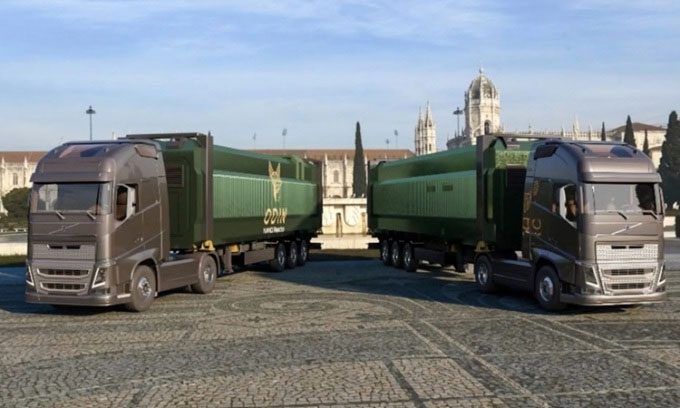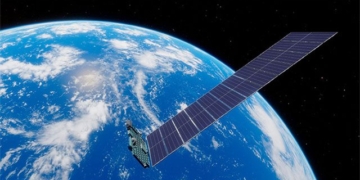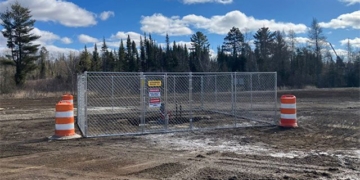The small modular nuclear reactor model from Nano Nuclear Energy can be transported on shipping containers to deliver clean energy to remote areas.
The startup company Nano Nuclear Energy aims to design small modular reactors (SMR) to address rising production costs and supply chain shortages in the United States, as reported by Interesting Engineering on March 6. Their reactor uses low-enriched uranium fuel (HALEU) containing 20% uranium. This concentration is higher than that used in conventional reactors but allows the SMR to operate efficiently with less fuel while extending the lifespan of the equipment.

Nano Nuclear Energy’s reactor can fit on a shipping container. (Photo: Nano Nuclear Energy).
Currently, Nano Nuclear Energy is beginning to produce HALEU at their facility in the United States. While the company has not disclosed its location, this facility has been authorized by the federal government to operate. They are also developing reactor designs and have introduced a second version named Zeus. Nano Nuclear focuses on operating the reactor with minimal intervention and is equipped with safety features to ensure smooth and safe operation.
The components of the entire system can fit into standard shipping containers, making the SMRs easy to transport to remote locations where traditional power generation infrastructure is unavailable and large renewable energy projects are difficult to install. In addition to generating electricity, the reactor is also designed to harness the heat produced during the fission reaction for various direct applications. This excess heat can be converted into electricity to boost output.
Small modular reactors with a capacity of under 20 megawatts (MW) can provide clean electricity to isolated areas. Similar technology is currently used in naval vessels. According to Nano Nuclear, this system could help reduce carbon emissions from various industries such as mining and transportation.
According to the U.S. Department of Energy, the country needs 200 gigawatts (GW) of nuclear power to achieve its zero-emission goal by 2050. Current estimates show that the existing capacity of 95 GW meets 18% of the energy demand in the U.S., but it primarily comes from a few large nuclear reactors built several decades ago. Recently, the U.S. nuclear energy industry has faced many delayed projects and skyrocketing costs.
Typically, nuclear power plants are built on a large scale to reduce energy production costs. However, this also increases costs and installation time before the facility begins operation. SMRs are smaller versions of fission nuclear reactors and also help reduce construction costs.




















































